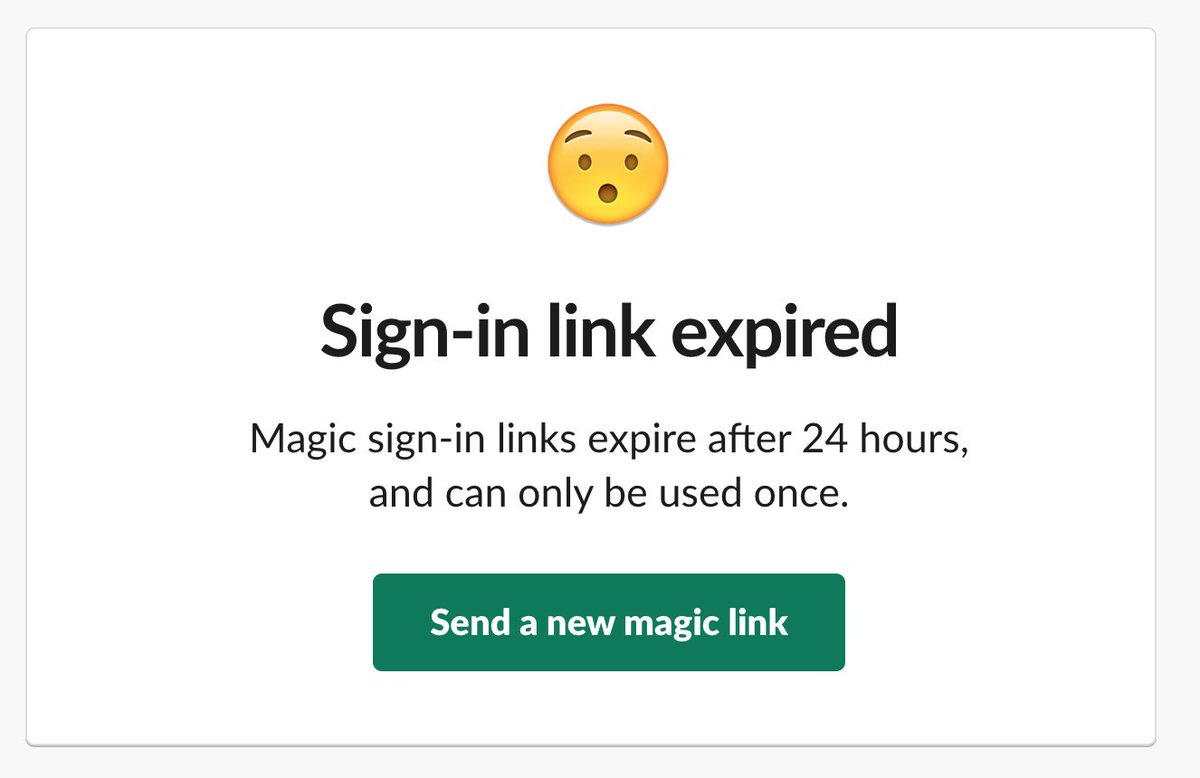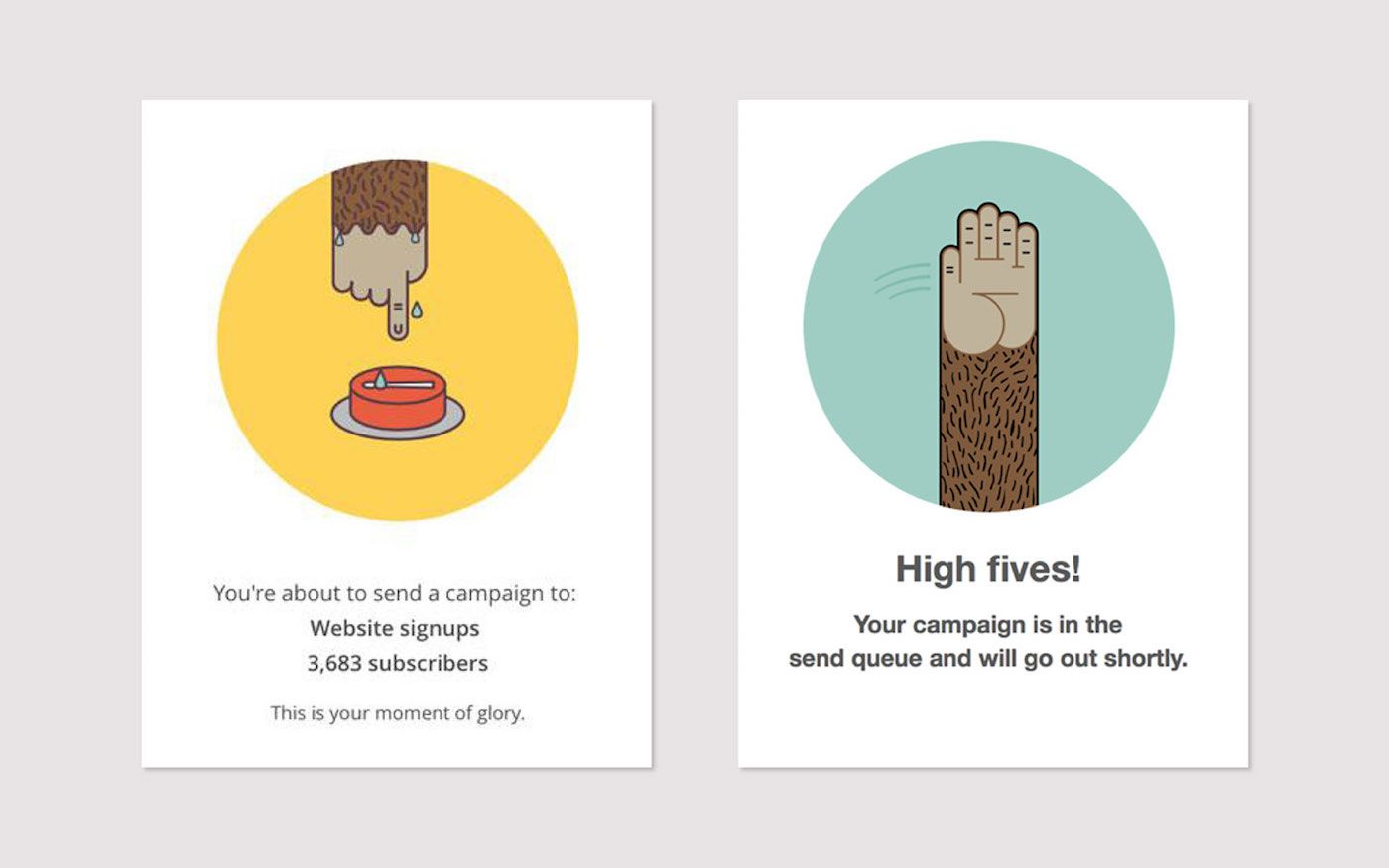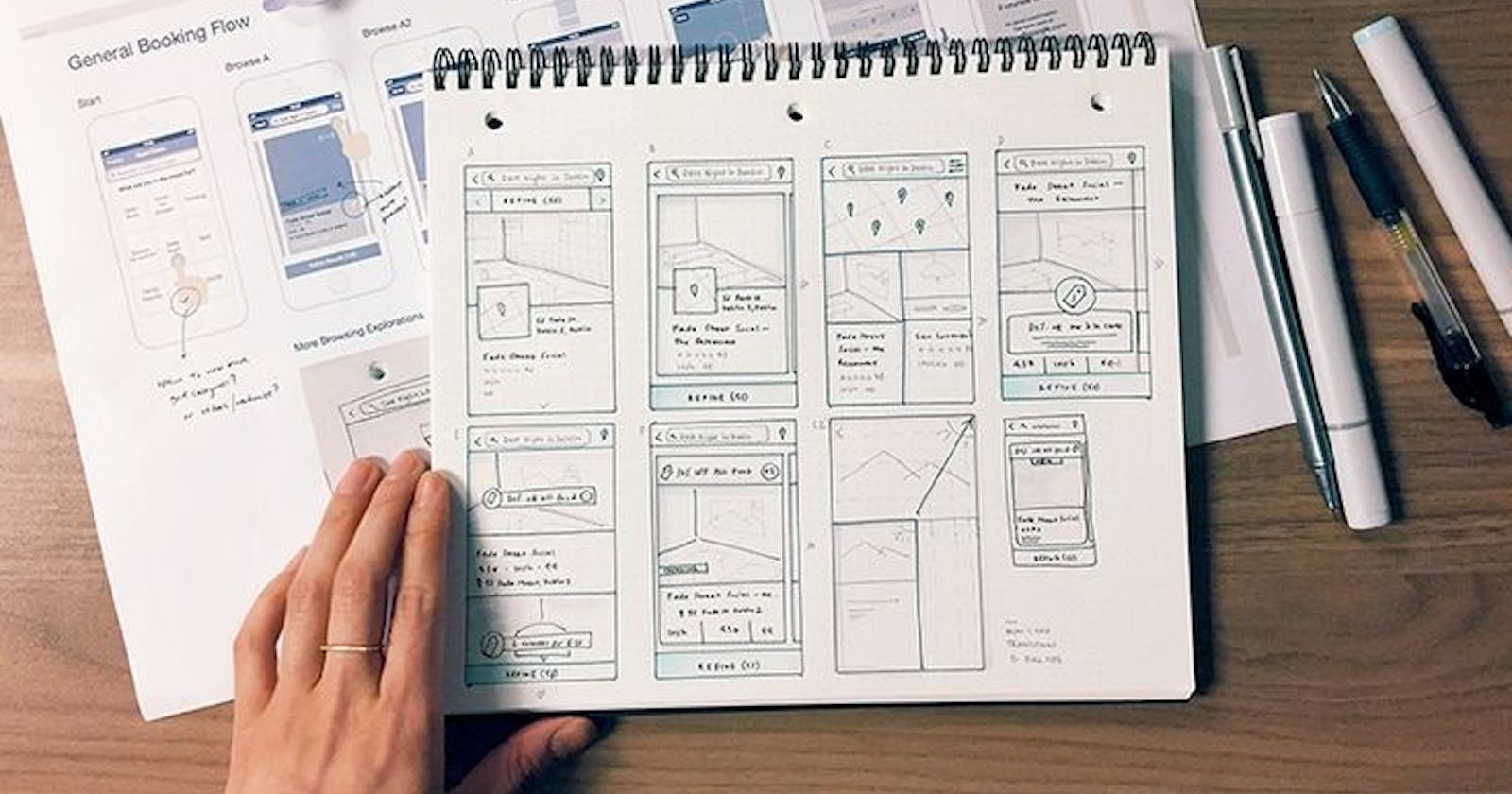Design Meets Words: Unveiling the Essential Role of UX Writing in Crafting Exceptional Products
Have you tried using products that are aesthetic to the eye yet challenging to use? Even though I have been a victim of this and most times I wonder how a product's design may be physically beautiful and the UX writing that is ultimately meant to direct the users through the product is really poor. This is actually where the role of UX Writing comes in.
In this article, we will discuss the value of UX writing in product design and how it may contribute to the crafting of remarkable products. We'll go through the essential components of effective UX writing and tips and best practices for creating excellent UX writing. By the time you've finished reading this article, you'll understand how UX writing may influence the way your products are designed and how to use it to your advantage when creating your products.
What is UX Writing?
UX writing, or user experience writing, is the art of crafting clear and straightforward language that guides users through a product's interface. It plays an essential role in product design, as it helps users understand what they can do with the product and how to do it.

Importance of UX Writing in Product Design
Provides clear and concise language: UX writing helps to provide clear and concise language that guides users through a product's interface, making it easier for them to accomplish their goals.
Enhances user experience: Effective UX writing enhances the user experience by ensuring that users understand what they need to do next and feel confident and in control throughout their journey.
Creates consistency: UX writing helps to create a cohesive and consistent user experience across all touchpoints of a product, from onboarding to error messages.
Prioritizes user-centric approach: By prioritizing UX writing in your product design process, you can create a user-centric approach that prioritizes clarity, consistency, and ease of use.
Avoids confusion and frustration: Without effective UX writing, users can become confused or frustrated, leading to a poor user experience and ultimately, a product that fails to meet its goals.
Meets user needs and goals: Effective UX writing helps to ensure that a product meets the needs and goals of its users, by providing them with simple and Succinct language that helps them to achieve their objectives.
The Key Elements of Effective UX Writing
Clarity: To effectively connect with users, UX writing must be straightforward and clear, using language that is easy to grasp. It stays clear of technical jargon, unclear terminology, and other terms that could cause misunderstanding.
Consistency: The secret to great UX writing is consistency. From the onboarding procedure to error messages, the product's language and tone should be uniform. This makes it simpler for users to comprehend and use the product.
Empathy: Good UX writing shows concern for the user. To help users navigate the product, it anticipates their wants and moods and uses soothing and constructive language.
Action-oriented: Writing for a user experience that works uses words that signify actions and instructions to tell people what to do next. With this Users should be able to execute tasks fast and simply because it is straight to the point and simple.
Error prevention: UX writing should assist in preventing errors by using concise language that enables users to steer clear of blunders. This can involve giving people clear instructions, making use of alerts or warnings, and assisting them in fixing mistakes or errors.
Tips and Best Practices for Crafting Great UX Writing
Be clear and simple: Utilize a language that is clear and basic so that users may understand it. Avoid employing technical or jargon terminology that can confuse users.
Use a consistent voice: Ensure that the language used reflects the personality of the brand by maintaining a constant tone and voice throughout the product.
Be empathetic: Empathize with your users' demands and frustrations by developing language that addresses these issues.
Prioritize microcopy: Microcopy refers to small bits of text used throughout the product, Button labels, tooltips, and other little pieces of text are examples of microcopy that are used throughout a product. Making microscopy a priority and making it succinct and clear can greatly enhance user experience.
Test and iterate: To ensure that UX writing is efficient and appealing to users, test and iterate it often.
How to Measure the Success of UX Writing For a Product Design
Task completion rate: Assess the proportion of users who finish a particular job or action. Higher completion rates are the consequence if your UX writing is successful in assisting users in completing activities swiftly and easily.
Time on task: Track the length of time users spend finishing a task or action. The time it takes users to complete tasks should decrease if your UX writing is clear and detailed, which will help users finish jobs faster.
User satisfaction: Measure the level of customer satisfaction with the UX writing of your product using surveys or other feedback mechanisms. To determine how well the writing is doing well, ask them about the writing's clarity, relevancy, and usefulness.
User engagement: Analyse indicators like click-through rates, time spent on a page, and bounce rates to determine how engaged users are with your product. Making the product more aesthetically pleasing and simple to use might enhance user engagement.
Conversion rate: Calculate the proportion of visitors who completes a particular/specific task using the conversion rate metric. There will be an increase in the conversion rate if the users are motivated to complete a task with the help of the UX writing acting as a guide.
Examples of Effective UX Writing in Product Design
Slack: To give consumers a better-tailored user experience, Slack's UX writing is known for its friendly and approachable tone.

Airbnb: Using pronouns like "You" and "Your," Airbnb is known for its user-centred content that gives users a more personalized experience. Also, it has clear directions that are easy for users to understand, such as "Enter your dates to verify availability."

Dropbox: Phrases like "Add files" and "Share link" are used by Dropbox to make the product's functionality easy to understand and use. Dropbox's UX writing is known for being straight to the point and simple.
Mailchimp: With expressions like "High fives all around!" and "You're a champ," the use of Mailchimp's UX writing is known for its humour.

Duolingo: Duolingo's UX writing is recognized for its interactivity and enthusiasm, using words like "Great job!" and "Keep it up!" to motivate users to keep learning the new language.
Conclusion
In summary, UX writing is essential to product design since it contributes to the development of an intuitive, captivating, and user-centred user experience. Employing clear, straightforward, and pertinent language, improves the user's capacity to execute activities and locate information. In addition to establishing brand identity, strong UX writing may also form emotional ties with users, which will ultimately increase user satisfaction and engagement. Companies can build digital products that are not only aesthetically pleasing but also simple to use and understand by giving UX writing a priority during the product design process. This will increase success and customer loyalty.


